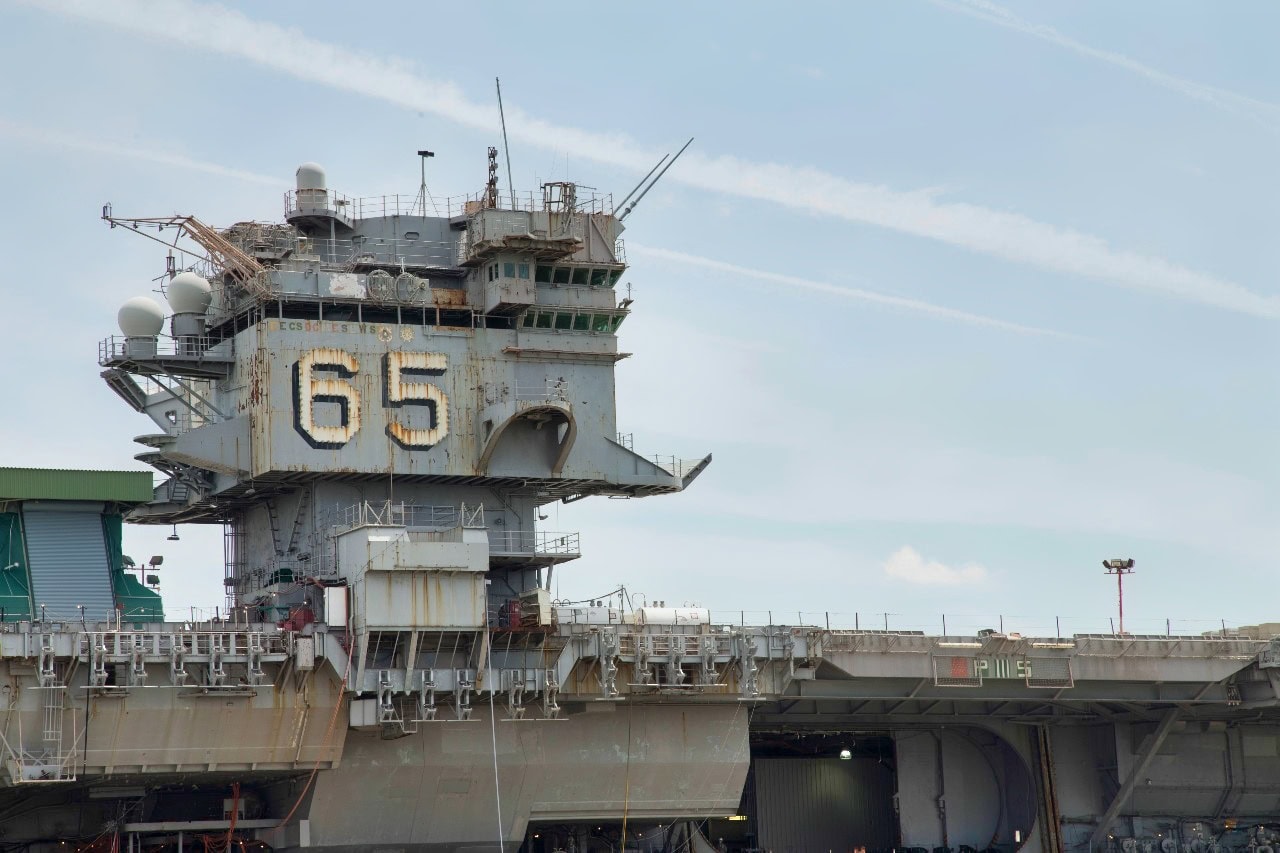Summary and Key Points: New Secretary of the U.S. Navy John Phelan has expressed serious concerns over persistent delays and rising costs plaguing U.S. Navy shipbuilding, prompting an urgent review of all contracts.
-The Navy currently faces a shortfall of 26 ships against its planned fleet size, largely due to unfinished designs at the start of construction, workforce shortages, and escalating expenses.
-Describing shipbuilding deficiencies as a national emergency, Phelan emphasized addressing workforce issues as his top priority.
-He advocates for increased investment to counter China’s rapid naval expansion, seeking a government-wide approach to enhance production capabilities and restore the Navy’s maritime dominance.
U.S. Navy Shipbuilding Crisis: SecNav Calls for Urgent Overhaul
As reported on April 16, the new Secretary of the Navy (SecNav) John Phelan spent his 22nd day on the job visiting the Hampton Roads shipbuilding facilities. The purpose of this field trip was for Phelan to gain some understanding of the causes of the Navy’s constant and growing shortfalls in shipbuilding.
The new Navy civilian chief stated that all US shipbuilding contracts are currently under review. He has described “shipbuilding shortfalls” as prompting this inspection and investigation.
Last summer, the Government Accountability Office (GAO) reported on the various causes of shortfalls in the deliveries of new US Navy ships, which is an endemic problem.
“Leading shipbuilding practices dictate design should be finished before construction begins,” reads one report on the GAO site. “But in our work, we’ve found that both the Navy and the Coast Guard often haven’t done this—resulting in increased costs and delays in delivering ships to the fleet.”
Over the last decade, continues the document, “the Navy has sought to acquire a new class of frigate (a small warship) quickly. The frigate is meant to replace the Littoral Combat Ship, which has seen years of performance shortfalls and cost growth.
“The shortcomings of the Littoral Combat Ship, coupled with evolving threats, prompted the Navy to streamline its shipbuilding approach and try to acquire frigates as quickly as possible. But in May, we found that the Navy made a key misstep by not completing design of the frigate before beginning construction. Design remained unfinished over a year after construction began.”
Constant State of Triage for U.S. Navy
The U.S. Navy was supposed to have a fleet of 313 ships by the end of this year, but the service’s fiscal plan for 2025 now projects that it will only have 287, falling short of the fleet’s required composition by 26 ships.
According to the same GAO article and other reports, the US Navy is facing these shipbuilding shortfalls due to delays of the kind detailed above, rising costs, and workforce shortages. Collectively, these factors are impacting the Navy’s ability to build and maintain a fleet, which in turn impacts the fleet’s readiness and ability to respond to threats.
Last month, another article published in the Military Times described the Navy’s shipbuilding efforts as being in a “perpetual state of triage.”
The day before the SecNav visit to Hampton Roads, Dr. Brett A. Seidle, the acting assistant secretary of the Navy for research, development, and acquisition, told the Senate Armed Services Committee:
“Simply put, we need more ships delivered on time and on budget and we are challenged in both of these arenas. Costs are rising faster than inflation, and schedules on multiple programs are delayed one to three years late.”
On the same day as his testimony, another GAO report detailed what the publication described as “20 years’ lackluster progress in US shipbuilding.”
Understandably, the new Navy Secretary said he wanted to understand why warship construction and maintenance are often delayed and over budget before he takes the step to open more shipyards.
A Tipping Point
Phelan described the situation with the Navy’s shipbuilding as a national emergency and called for a greater sense of urgency in resolving the dilemma.
“It is critical,” he said. “We are at a tipping point [and] again this comes down to underinvestment, I think, from prior administrations. I think we had a lot of requirement issues that caused problems.”
President Donald Trump wants Plelan to put more warships at sea, the SecNav said. But in his estimation, the current state of naval shipbuilding is “unacceptable.”
“We’re behind, and now we have to try to catch up,” said Phelan.
Phelan has said that the shipbuilding deficiencies are primarily due to workforce shortages rather than supply chain and budget issues.
“It’s going to take a whole government approach to fix it,” said Phelan. “As I have said many times, the president has said ‘shipbuilding, shipbuilding, shipbuilding,’ and to get that, you need workforce, workforce, workforce.”
In a forced-march style, Phelan is now talking about resolving the workforce shortage within his first 100 days in office. This would be a move in the direction needed to expedite the shipbuilding processes, but he has added that it will take time.
Phelan also said President Trump is focused on making proper investments and developing a maritime industrial base. No small amount of effort will be needed to adequately respond to the People’s Republic of China‘s shipbuilding prowess, which far exceeds the US production rates.
About the Author: Reuben F. Johnson
Reuben F. Johnson is a survivor of the February 2022 Russian invasion of Ukraine and is an Expert on Foreign Military Affairs with the Fundacja im. Kazimierza Pułaskiego in Warsaw. He has been a consultant to the Pentagon, several NATO governments and the Australian government in the fields of defense technology and weapon systems design. Over the past 30 years he has resided in and reported from Russia, Ukraine, Poland, Brazil, the People’s Republic of China and Australia.

